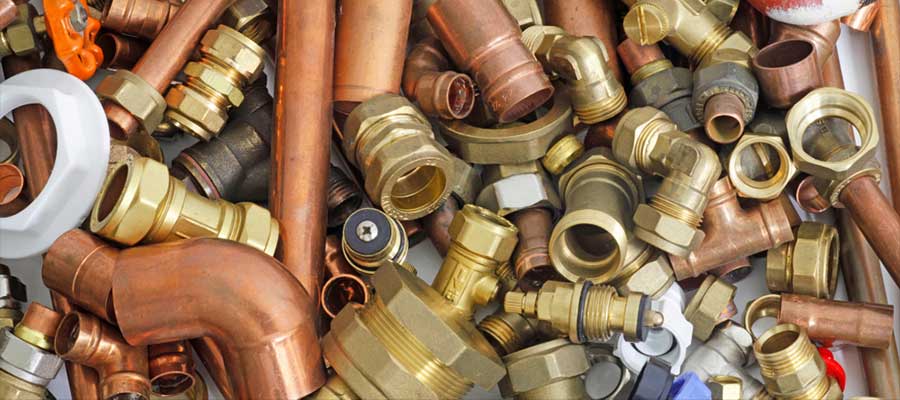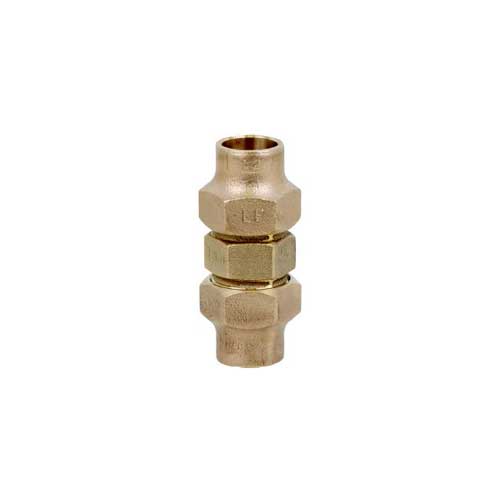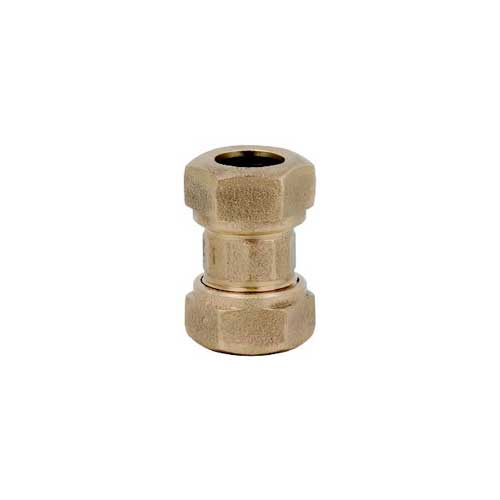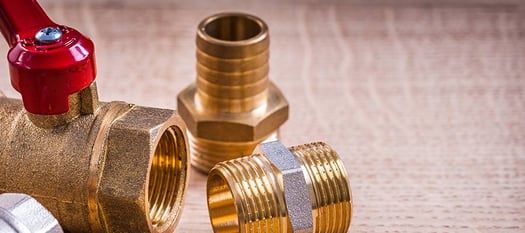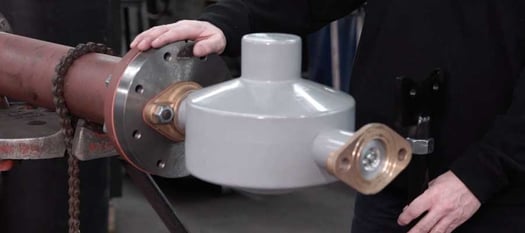When you're in the field, you run across some different connections. But two of the most commonly used for smaller lines include compression fittings and flared fittings. But which type of outlet will work best for your specific situation and what's the difference between them? Here's a quick look to help get you started.
Fittings:
Generally speaking, compression outlets are used for water and compressed air lines, where slight leakage isn't going to cause too much of a problem. Flared outlets are used for gas and high-pressure lines, where even a little leakage can cause major problems if left unattended. Why? The design of each type of outlet creates a different type of seal.
Compression Outlets:
Compression outlets typically consist of the pipe, a nut, a compression ring and the fitting itself. The nut and ring are placed on the pipe, then the fitting is placed at the pipe's end. As the nut is tightened against the fitting the brass ring is deformed against the pipe itself, creating a strong seal. For most purposes they'll provide a strong seal, but there can be some concern in cases where the pipe may be pulled away from the connection that the ring may give a little, allowing the pipe to pull out of the fitting and cause a leak. This type of connection is very common because it can be used with a wider range of pipe types and is very easy to complete. It also takes less time and care than creating a flared outlet.
Flared Outlets:
A flared outlet also uses a nut and the fitting, but in this case, it's the end of the pipe itself that creates the seal. Once the nut is placed on the pipe, a special tool called a flaring tool is used. It's placed around the diameter of the pipe near the end in a hole appropriate to that size of pipe, with a flared shape that will form the flare. Once it's secured, another tool is put into position that, when screwed down, will deform the pipe, creating a flare or cone at the end. Once the nut is tightened down, the flared end of the pipe is mechanically trapped between the fitting and the nut, making an extremely strong connection that will require the pipe to be torn or broken to let go unless the nut is loosened. However, they are a little more difficult to make when you're starting out and can take more time.
Both compression and flared fittings have their purposes, so it's just a matter of what type of job that you're doing and the fittings and fixtures involved that will determine what type of outlet you'll need to get the job done. If you need help determining the best type of outlet for your next project, the professionals at Team RedHed are here to help. Please feel free to contact us today for more information, with any questions or to learn more about our high-quality 100% lead-free brass fittings.



